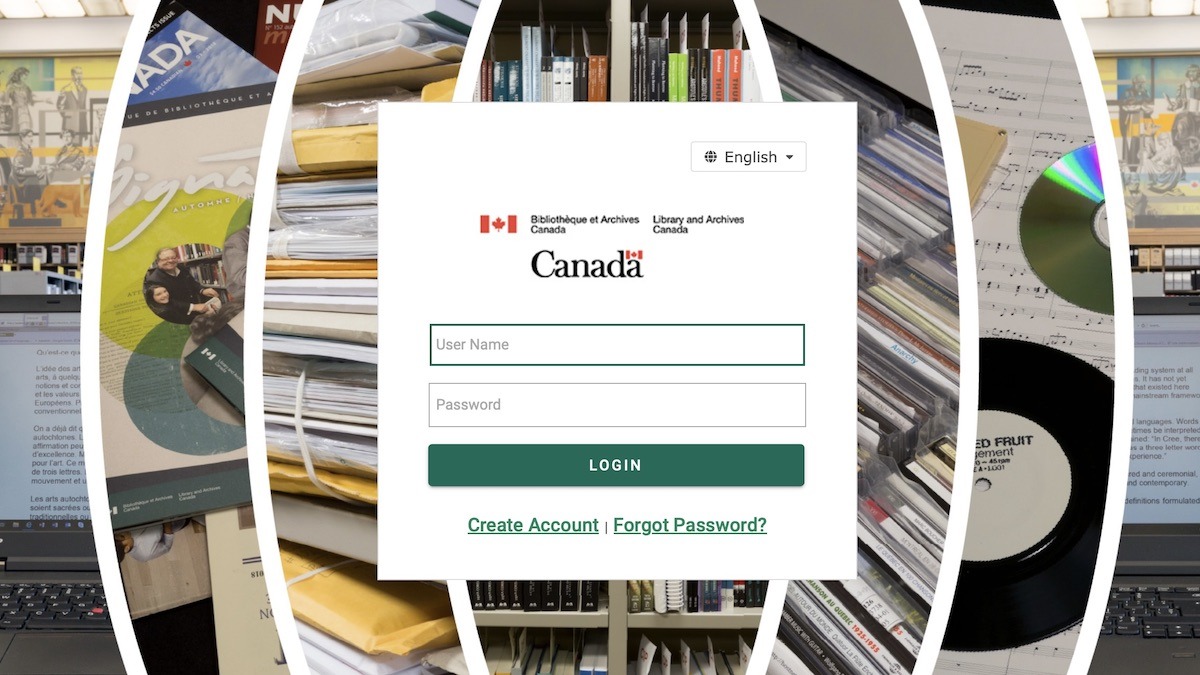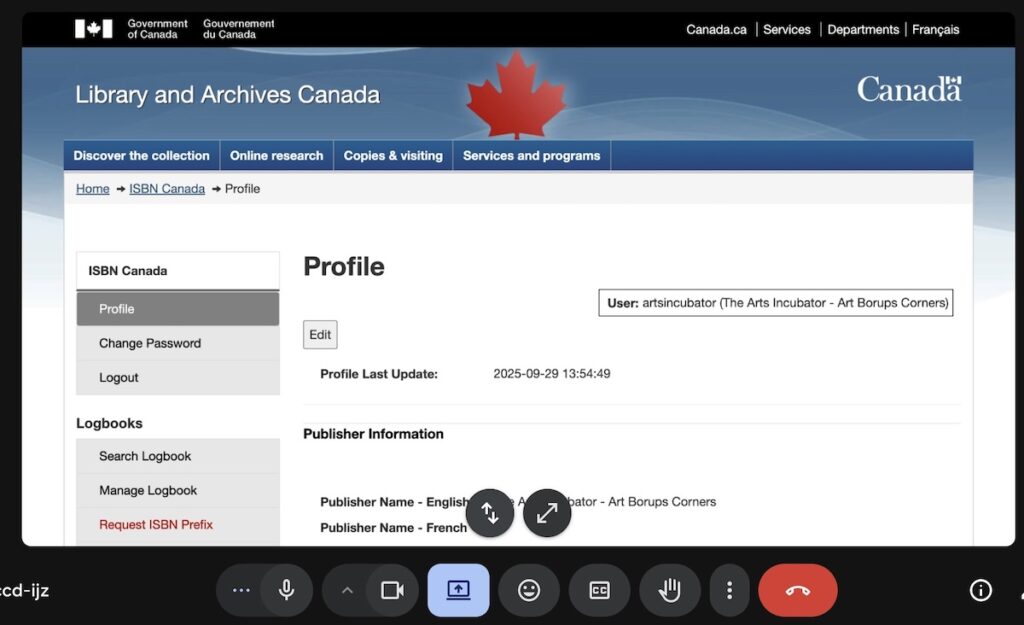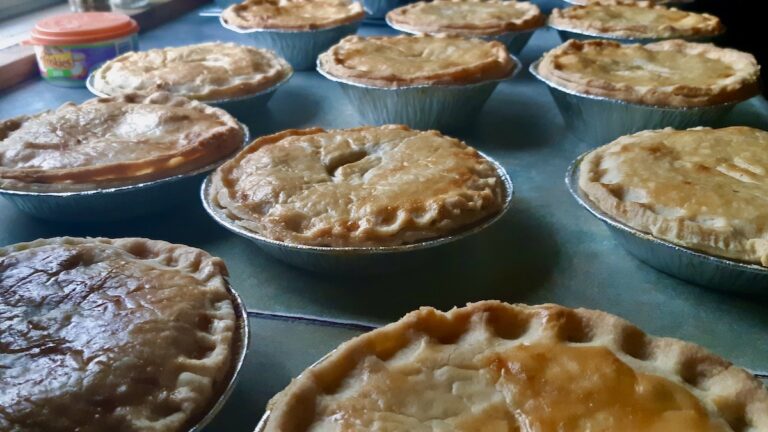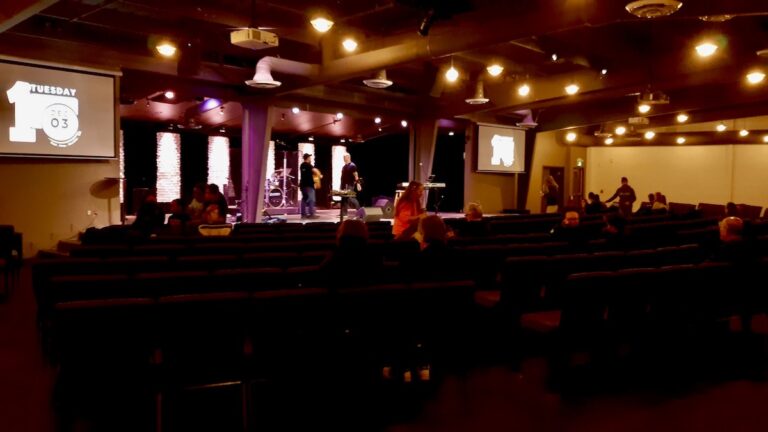
This weekend we learned to assign ISBNs and submit digital works to Library and Archives Canada for cataloguing and preservation.
This month we’re continuing our weekend workshops on storytelling and publishing
Today, we explored how to navigate the ISBN Canada website to assign ISBNs to our books and then how to use the Digital Legal Deposit Submission service through Library and Archives Canada (LAC). The process begins with obtaining an ISBN — the unique identifier that distinguishes your book in the global publishing system. By assigning an ISBN through the official Canadian service, publishers and creators ensure their work can be properly identified, tracked, and distributed. This is an essential first step for anyone producing books, whether printed or digital, and lays the foundation for all subsequent cataloguing and legal deposit activities.
Once an ISBN is assigned, the next step is submitting your work through the Digital Legal Deposit Submission service. This online platform allows Canadian publishers to deposit digital copies of their works directly with LAC, fulfilling the legal requirement for preserving Canada’s published heritage. When you submit your files — whether e-books, PDFs, or other digital formats — LAC staff catalogue the work, adding detailed bibliographic information to the national database (Voilà). This ensures that your book is not only preserved for future generations but also discoverable by researchers, libraries, and the public.
For arts organizations involved in oral history, storytelling, or community-based creative projects, understanding this process is particularly important. Works produced in these contexts often document voices, experiences, and cultural knowledge that might otherwise be lost. Properly assigning ISBNs and completing digital legal deposit, arts organizations ensure that these narratives are officially recognized, catalogued, and preserved in Canada. This allows stories collected from communities — whether in written, audio, or digital form — to reach wider audiences and remain accessible over the long term, strengthening cultural memory and supporting the ongoing work of arts and heritage organizations.

Thanks to Jamie Bell and Eva Suluk for facilitating this great weekend workshop online! We learned a lot, and are looking forward to putting these new skills into practice. Also, special thanks to Art Borups Corners and the Ontario Arts Council Multi and Inter-Arts Projects Program for supporting this year’s program.





